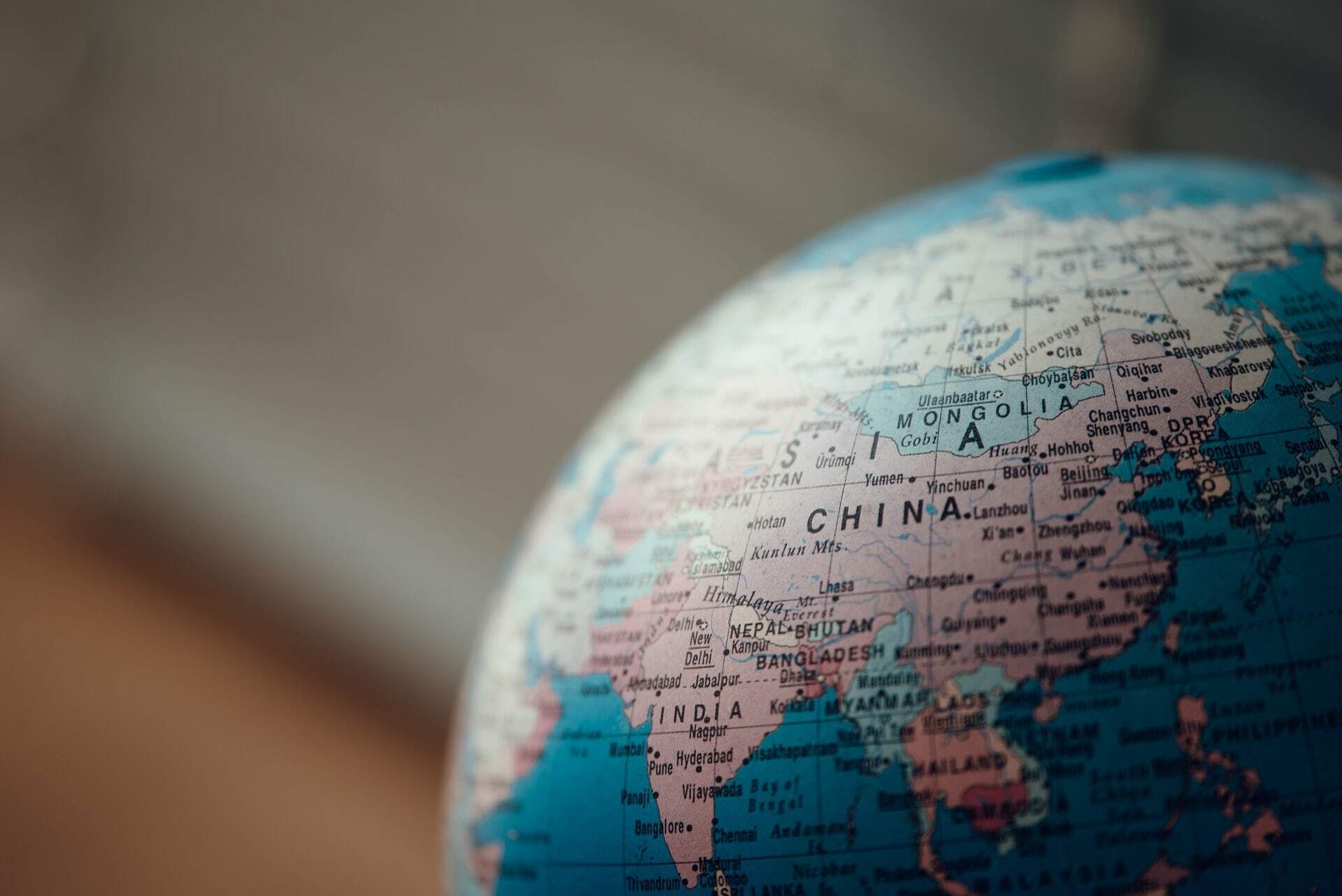Asians are by far the most populous group on Earth, making up over 4.4 billion of the world’s people, which equates to roughly 60%. With China and India alone counting for 2.7 billion of the world’s Asian people, it is an interesting prospect to delve deeper in Asian ancestry.
What does ‘Asian ancestry’ really relate to?
Asian ancestry is a term that casts a very wide and interesting net and refers specifically to the groups of people deriving from three parts of Asia: the Far East, Southeast Asia, and the Indian Subcontinent.
In this article, we are going to be focusing more on Far East Asian ancestries, exploring the roots of people from countries such as China, North and South Korea, Japan, Hong Kong, Macau, Mongolia, and Taiwan. Since Asia consists of 48 countries, this means we are not going to be looking at Southeast Asia or South Asia and countries such as Burma, India, Thailand, Pakistan and Indonesia.

Can you find out if you have Asian ancestry?
Due to the history, the dynasties, and the strong bloodlines, it probably won’t come as much of a shock to you to discover that you have Asian ancestry. The difficult part of testing for Asian ancestry will be better explained in the next section, but in essence, genetic DNA testing to find out about ancestry is an activity that has proven more popular in the West, where historical migrations are more common. This means that there is less data available overall for Asians looking to find out more about their ancestry, but, as we will come to explain, this may one day prove to be an advantage.
Is the lower popularity of DNA testing in the East limiting to results?
Anglo-Saxon and European lineages are by far the most common results that come up on tests due to the popularity of DNA testing in Europe and the US. The sheer amount of data for Western people allows testing companies like ourselves to build databases and signatures that allow us to accurately report regional percentages. For Asia, which has a completely different history of migration and mixing than Europe and the US, the lack of data makes it very hard to report on isolated Asian territories.
As it stands, results are typically less specific for Asians, however, Europe and the US account for less than 15% of the world’s population, giving Asians a huge advantage in terms of population. Over the next decade, the DNA testing market and ancestry research are set to explode in Asia, where 60% of the world’s population lives. If enough Asians take part in DNA ancestry testing, the genetic signature information could, in theory, become more detailed and specific than Western results.
‘Where in Asia might I be from and what does it say about my ancestry?’
According to many historians, central China was the location of some of humanity’s first civilisations, and thus, where many ancestries began. Over hundreds of years and several dynasties, the Great Wall of China was built, then, the Han dynasty took over and ruled for 424 years. This Han dynasty were early members of what is now the largest ethnic group in the world, comprising the majority of Chinese and Koreans. In China, 92% of people are Han Chinese, with the remaining 8% being a mixture of 55 different ethnic groups, such as Dai, Viet, and Khmer. Most people with Asian ancestry will discover some percentage of Han DNA.
A long time after the Great Wall of China was completed, a Mongolian chieftain united the Mongols and began his campaign heading west to conquer as much land as possible. His name was Genghis Khan and his warriors made it all the way to what is now Eastern Austria and Hungary, an incredible feat that contributed towards the second biggest empire in history (with the British empire overtaking it more than half a millennia later). Genghis Khan’s efforts contributed towards the formation of the Silk Road and informally connected East and West for the first time in the modern world. The Mongols heading west and Europeans subsequently heading east (such as Marco Polo who worked for Genghis Khan grandson Kublai Khan for 20 years) also asks some interesting ancestry questions.
Japan, North Korea, and South Korea account for another 200 million Asian people and each has its own interesting history and ancestry. Japan has been populated for tens of thousands of years, but early cultures mixed with Han Chinese, Koreans, and Yayoi people and so despite Japanese people being described as an independent ethnic group, less than 12% of tested people can boast indigenous genes (Jomon). Interestingly, many Siberians and Inuit populations share some Japanese genes and vice versa because of the close proximity. The people of the Korean peninsula typically share their genes with Han Chinese, but with an increased percentage of Eastern Siberian DNA.
What can our Genetic DNA Testing Kits tell you about your ancestry?
For Asia East, we are able to tell you if your ancestors came from any of the following regions:
- North China
- Northeast China
- South China
- Southwest China
- Japan and Korea
- Mongolia and Manchuria
- Siberia
- Southeast Asia
Our ancestry DNA test will look at various genetic markers and data to help shed light on your:
- Recent ancestry - providing as much detail as possible for ancestry over the last half-millennia
- Sub-regional ancestry - Living DNA offers the most detailed sub-regional ancestry details in the industry.
- Extended ancestry - Looking back 10,000 years on your ancestors’ global migrations
- DNA matches - seeing if any other DNA testing customers come up as a biological match with you!
Final thoughts
Genetic DNA testing is an ongoing process and a growing global market. What this means for testers is that over time, the quality and detail in their reporting is going to improve remarkably as we collect more genetic signatures.
